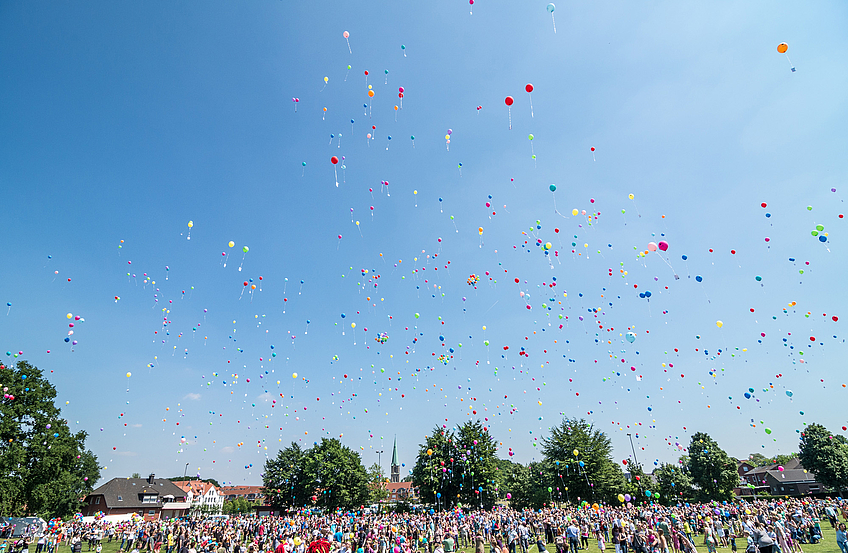
Each project is defined by groupId, artifactId, and version, and these three fields are used by Maven as a coordinate system. A project is everything we build and could depend on. So how does this magic work? Maven doesn’t operate with targets, source sets, and compilations.
#.klib fike code
For example, the artifacts for iOS or macOS can be built only on Mac-OS.Ĭonsidering all that complexity, adding the ordinary multiplatform dependency requires just a single line of code in your the adle file:Įnter fullscreen mode Exit fullscreen mode There should be the ability to publish all those parts from a multiple host because of Kotlin/Native cross-compilation limitations.in a source set shared between the iOS device and simulator, or shared code for all desktop platforms). Platform-specific code may still be shared across similar platforms (e.g.Multiplatform libraries consist of multiple parts: common parts with expects declarations and platform-specific parts with actual implementations.Here are key differences to keep in mind: Multiplatform libraries have more complex structures compared to normal ones, so the publication is less trivial as well. This is because ordinary publishing is not enough for a multiplatform library. klib), and the number of source sets doesn’t match the number of result artifacts. There are multiple artifacts for one version of your library, their content format is different (.jar vs. If you have published regular platform (for example, android) libraries before, you may notice that the publishing format of a multiplatform library differs quite a lot. But if you are curious, let's discuss it a little! TL DR: The Kotlin Gradle plugin creates and configures your library publications automatically, so you don't need to know the details of the publication scheme to successfully deliver your library. Before going public, let's discover published artifacts to get an understanding of the multiplatform publishing format. loss of information Examplesįind all available examples as well as applications of the functions in klib.clean() with detailed descriptions here.In the first part of the series, we've created our first multiplatform library and published it to the local Maven.

pool_duplicate_subsets( df) # pools subset of cols based on duplicates with min. mv_col_handling( df) # drops features with high ratio of missing vals based on informational content - klib. drop_missing( df) # drops missing values, also called in data_cleaning() - klib. convert_datatypes( df) # converts existing to more efficient dtypes, also called inside data_cleaning() - klib.


clean_column_names( df) # cleans and standardizes column names, also called inside data_cleaning() - klib. data_cleaning( df) # performs datacleaning (drop duplicates & empty rows/cols, adjust dtypes.) - klib. missingval_plot( df) # returns a figure containing information about missing values # klib.clean - functions for cleaning datasets - klib. dist_plot( df) # returns a distribution plot for every numeric feature - klib. corr_plot( df) # returns a color-encoded heatmap, ideal for correlations - klib. corr_mat( df) # returns a color-encoded correlation matrix - klib. cat_plot( df) # returns a visualization of the number and frequency of categorical features - klib. # scribe - functions for visualizing datasets - klib.


 0 kommentar(er)
0 kommentar(er)
